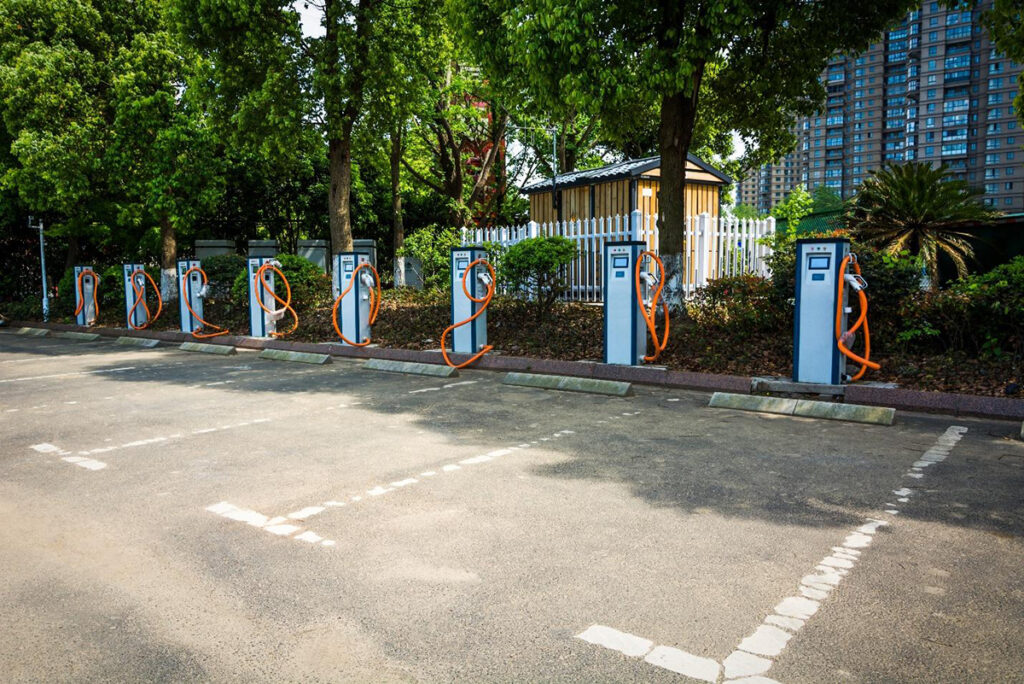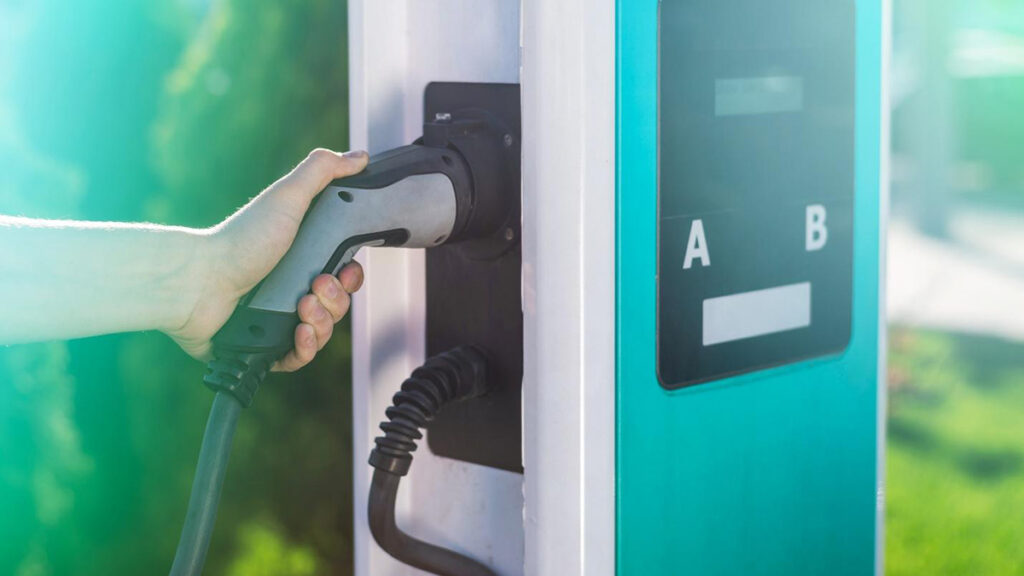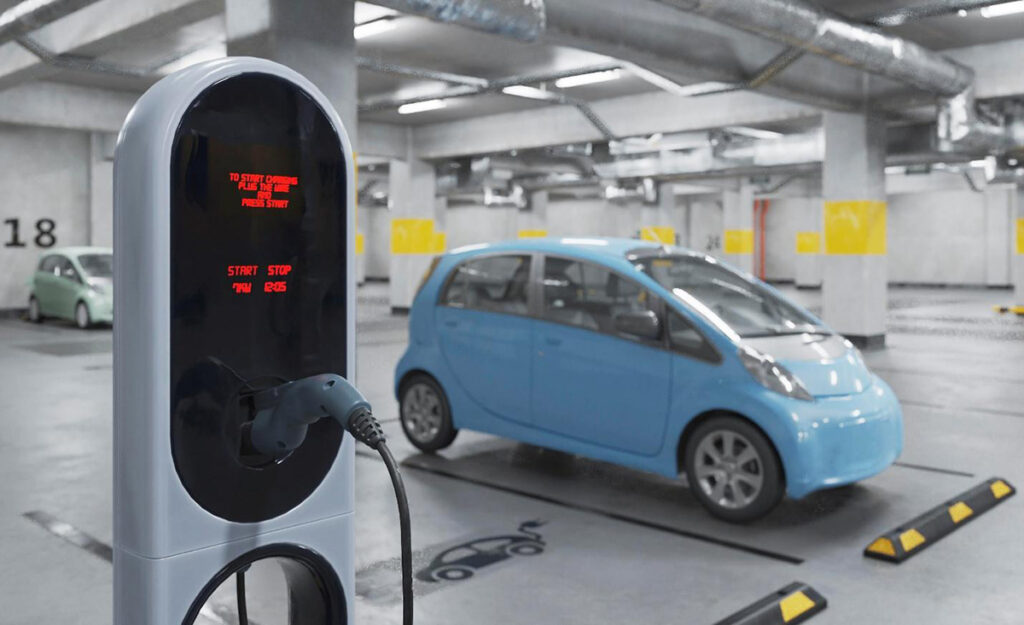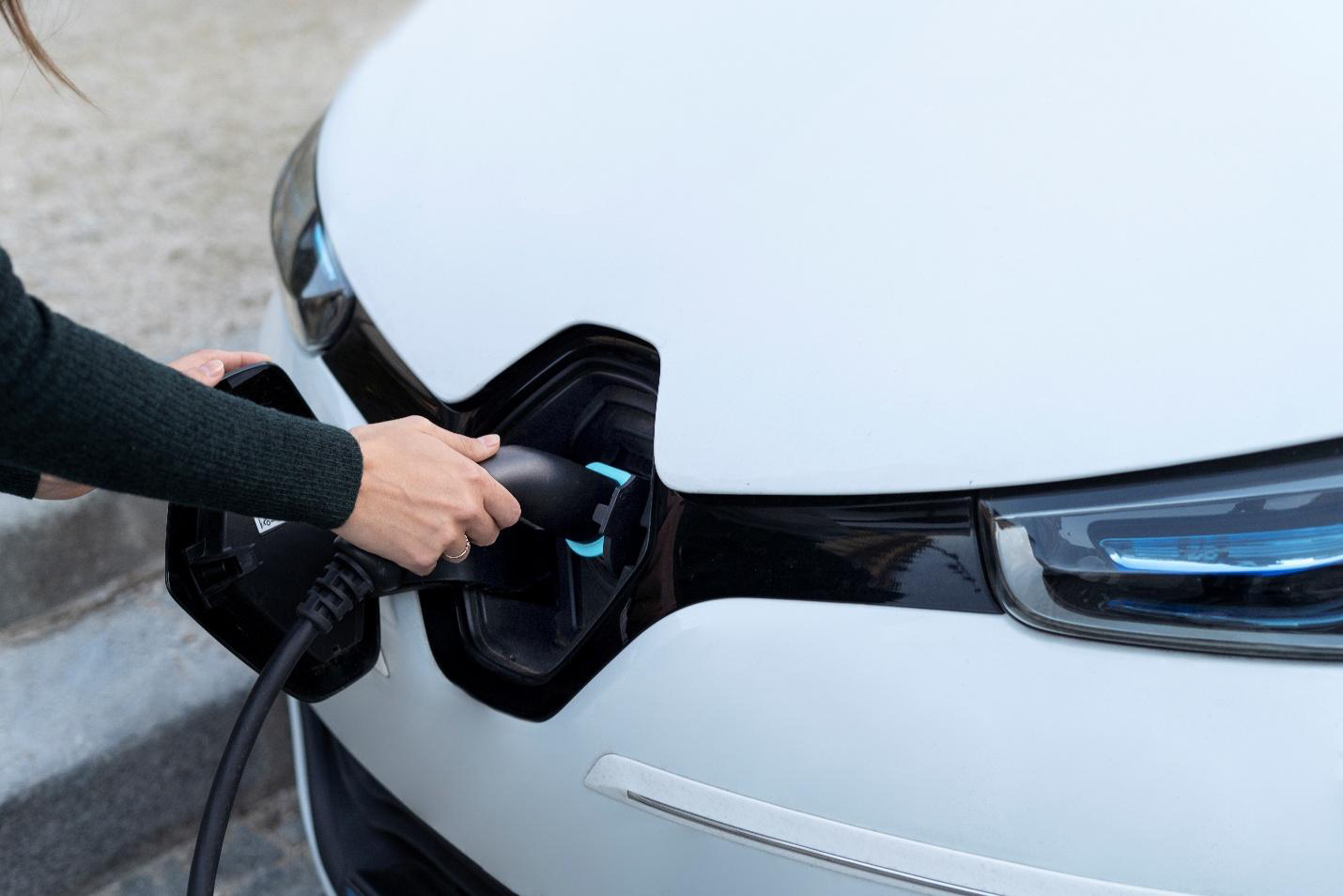Summary
Spark the ultimate business growth with commercial EV charging. This article examines how you can improve customer experience, revenue generation, and your brand’s reputation in 5 easy ways.
Table of Contents
Introduction
The rise of electric vehicles (EVs) comes with the need for reliable and efficient charging solutions. Businesses, property owners, and fleet operators must adopt best practices to ensure a seamless charging experience for customers and employees.
A well-planned commercial EV charging station will enhance customer experience, increase revenue, and boost sustainability efforts.
This article will discuss the best practices for commercial EV charging station installations and maintenance, as well as how to enhance the customer experience.
Introduction to EV Charging for Commercial Spaces
Installing EV charging stations in commercial spaces requires careful planning. Businesses must assess site readiness, select the right chargers, manage energy demands, comply with regulations, and future-proof their equipment.
Understanding EV Car Charging and Its Infrastructure
EV infrastructure generally refers to all equipment, components, charging stations, and grid connections needed to support the charging and operation of electric vehicles.
There are three main types of charging stations with different charging levels. They include:
- AC Level 1: These chargers use a 120-volt electrical outlet and can be plugged into any household socket. They provide 3-5 miles of range per hour.
- AC Level 2: These charges use a 240-volt electrical outlet. They provide 10-20 miles of range per hour.
- DC Fast Charging: These charges use 480-volt direct current power. They can charge an EV in about 30 minutes and provide 10 miles of range per minute.
Key Considerations for Setting Up Commercial EV Charging Stations

Installing commercial EV charging stations is a strategic move aimed at attracting more customers and increasing your business’s reputation. Key factors to consider include:
1. Location and Accessibility
Ensure that the charging stations are located in easily accessible areas, such as near parking lots and major roads. Additionally, consider proximity to popular destinations such as retail stores, restaurants, cinemas, and airports where customers can charge while doing their business.
2. EV Charger Types
When selecting chargers for your charging station, consider the specific needs of your target audience and the desired charging speed. While level 1 chargers are unsuitable for commercial purposes, level 2 and DC fast chargers offer better speed and suit commercial needs.
3. EV Charger Costs
Before setting up an EV charging station, carefully assess the costs of purchasing, installing, and maintaining EV charging stations. Also, explore available government incentives such as grants and rebates that can help offset the initial investment cost. Some funding options available to you include:
- The National Electric Vehicle Infrastructure (NEVI) Program
- The Inflation Reduction Act (IRA)
4. Network and Management
When establishing electric vehicle charging stations, you should decide whether to join an existing charging network or operate independently.
Open Charge Point Protocol (OCPP)-compliant stations have more flexibility, allowing you to integrate with various software providers. This reduces reliance on one vendor and ensures long-term sustainability. It also makes it easier for you to adapt to industry trends and deliver a positive customer experience.
5. Scalability and Future-Proofing
You must leave room for technological advancements and equipment upgrades when setting up your electric vehicle charging station. By prioritizing the use of software solutions, you can easily upgrade your equipment to the latest technologies without incurring additional costs.
Best Practices for EV Charger Installation in Commercial Properties

Installing EV chargers in commercial properties enhances the property’s value, supports sustainability initiatives, and attracts environmentally conscious customers. Here are some steps to ensure a successful installation:
1. Site Assessment
You should conduct a site assessment before installing EV chargers on your commercial space. This helps you determine your property’s available electrical capacity and if an upgrade will be necessary. It also assesses parking layouts for optimal charger placement.
2. Choosing the Right Charger Types
Not all EV chargers are the same. The best EV chargers for commercial purposes remain Level 2 and DC fast chargers. When choosing between the two, consider the costs of purchasing, installation, additional upgrades, and maintenance.
3. Implementing Smart Energy Management
Installing EV chargers on your property increases energy demand, so efficient energy management is crucial to your business goals. Smart power management solutions can help you balance demand, prevent grid overload, and reduce electricity costs.
4. Regulatory Compliance
Compliance with building codes and zoning laws is crucial to setting up EV chargers. You should also pay attention to global and national safety standards, especially the National Electrical Code for electric vehicle supply equipment (EVSE).
5. Future-Proofing
As electric vehicle adoption increases, its charging infrastructure will also evolve. When installing, consider scalability options, such as software upgrades, energy monitoring, load management, accessibility options, etc.
Enhancing User Experience at Commercial EV Charging Stations
1. Ensure Easy Access and Visibility
Convenience is key when it comes to EV chargers. Place chargers in accessible and visible locations to ensure customers can easily find them.
2. Offer Multiple Charging Options
Provide various charging options, including Level 2 and DC fast chargers. This ensures that customers’ needs are accommodated and enhances overall user experience.
3. Integrate with Mobile Apps
Mobile apps allow users to monitor charging sessions, check availability, reserve spots, and even make payments through their smartphones.
Benefits of Investing in Commercial EV Car Charging Stations

- Increased Property Value: Installing EV chargers can increase property value and appeal to potential buyers or tenants.
- Revenue Generation: Commercial EV charging stations can help generate revenue through charging fees, membership programs, or advertising.
- Enhanced Brand Reputation: Installing commercial EV car charging stations can enhance your brand reputation and demonstrate a commitment to innovation and sustainability.
- Competitive Advantage: Offering EV charging stations offers a first-mover advantage to your business. It also differentiates your brand from others in the industry.
Maintenance and Upkeep of EV Charging Stations
EV car charging station maintenance ensures proper functioning, safety, and user satisfaction. Specific tasks may vary according to manufacturer recommendations. Some everyday charging point maintenance tasks include:
- Regular Inspection: Visually check the equipment for signs of damage, loose connections, and signs of wear and tear.
- Cleaning: Keep dirt, debris, and other contaminants away from charging equipment.
- Software Updates: Update the station’s software to ensure functionality, compatibility, and security.
- Testing and Calibration: Conduct testing to verify proper operations, charging speeds, and connectivity.
- Component Checks: Test and inspect components such as charging cables, payment systems, touch screen, and connectors to ensure proper operation.
Future Trends in Commercial EV Charging Infrastructure
Key trends shaping the future of commercial EV car chargers include:
- Fast and Ultra-Fast Charging: Charging stations are moving towards reducing range anxiety by increasing charging speed to a matter of minutes instead of hours.
- Wireless Charging: Vehicles can charge when parked at a charging pad. This enhances user experience.
- Smart Charging Networks: Integrating Internet of Things (IOT) and smart grid technologies enables more efficient charging. This can help optimize charging schedules, monitor energy consumption, and even predict maintenance needs before they arrive.
Conclusion
Only by understanding the benefits, best practices, and future trends of EV charging can you fully capitalize on this opportunity and provide your customers with a seamless charging experience. At Tercero Inc., we are committed to helping you achieve your business goals, whether that is increasing revenue generation, improving brand reputation, or enhancing customer satisfaction. Contact us now for a successful commercial EV charger installation.
FAQs
A commercial electric vehicle charging station is a public charging point for electric vehicles. They are usually found at retail centers, office buildings, parking lots, and hotels.
Installing commercial EV chargers can attract customers, increase revenue, and enhance your brand’s reputation.
To choose the right EV chargers, you must assess your business needs, consider the cost of purchase, installation, maintenance, and other factors like future-proofing and compatibility.
The best chargers for commercial needs include Level 2 and DC fast chargers.
Follow manufacturer’s recommendations, ensure correct equipment installation, and schedule regular maintenance.
Yes, many EV chargers allow integration with existing energy management systems.
You can get revenue through charging fees, membership programs, and advertising.
The federal government provides tax credits and rebates through programs, including the Inflation Reduction Act (IRA) and the Alternative Fuel Vehicle Refueling Property Credit (AFITC).
Professional maintenance should be done every 6-12 months, and inspections and cleaning should be done more regularly.
At Tercero Inc., we offer technical and maintenance support and warranty services.

